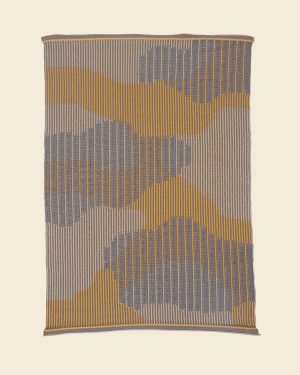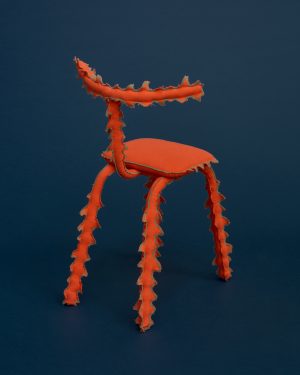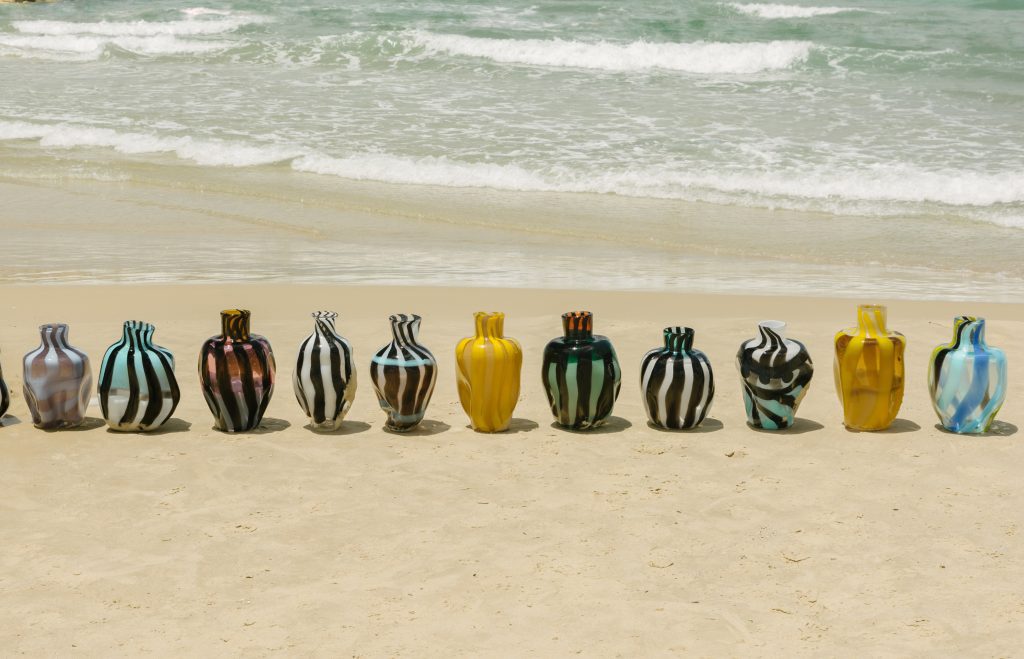

Knitting as a Form of Unique Textile Art
Step into the vibrant world of knitting, where threads are woven into intricate art forms that seamlessly blend the essence of minimalism, the opulence of Art Deco, the tranquility of coastal aesthetics, and the futuristic vision of the Space Age. Knitting, often regarded as a traditional craft, has transcended its roots to become a versatile medium for contemporary visual art. Each stitch represents a brushstroke on a canvas, forming a tapestry of color, texture, and innovation.
In this article, we embark on a journey through the artistic dimensions of knitting, exploring how it has evolved into a dynamic expression of minimalist simplicity, Art Deco grandeur, coastal serenity, and the cutting-edge aesthetics of the Space Age. Join us as we unravel the boundless creativity that knitters bring to life, transforming mere yarn into captivating works of art.
What is Knitting ?
Knitting is a versatile and age-old craft that involves creating fabric and textile structures by interlocking loops of yarn with needles. It’s a method of transforming raw materials, typically yarn or thread, into various functional and decorative items, such as clothing, accessories, and home decor. Knitting is achieved by using needles to pull loops of yarn through other loops to create a series of interconnected rows and columns.
The technique allows for endless design possibilities, as different stitches, colors, and yarn types can be combined to produce intricate patterns and textures. Knitting is not only a practical skill but also a form of artistic expression, with many individuals creating unique, handcrafted pieces that showcase their creativity and craftsmanship. Whether you’re a beginner looking to learn the basics or an experienced knitter seeking new challenges, knitting offers a wide range of opportunities for both creativity and relaxation.


Casting On: The Origins of Knitting
Knitting has a rich and ancient history that dates back centuries. Its origins can be traced to various regions across the world, with early examples found in different cultures. While the precise beginnings of knitting remain a subject of debate among historians, it is widely believed to have emerged in the Middle East and Mediterranean regions around the first millennium AD.
Early knitting techniques were relatively simple, involving the use of pointed sticks or needles to create basic fabric structures. Over time, knitting spread to Europe, where it gained popularity, particularly during the Renaissance period. During the Middle Ages, knitting guilds were established, contributing to the refinement of techniques and the development of intricate patterns.
The craft continued to evolve through the centuries, adapting to changing fashion trends and technological advancements. Today, knitting is not only a cherished tradition but also a dynamic and creative art form that connects contemporary enthusiasts with the rich tapestry of its historical origins.




See More Like This: Visit Our Online Gallery of Knit Designs
What Are Popular Knitting Techniques?
In the world of knitting, there is a rich tapestry of techniques that enthusiasts can explore, each offering a unique avenue for creative expression. At the heart of knitting are the fundamental “knit” and “purl” stitches, the cornerstone of countless patterns. Delving deeper, cable knitting introduces intricate rope-like designs, while lace knitting weaves delicate, openwork motifs into the fabric. For those with an affinity for color, Fair Isle and intarsia techniques open doors to vibrant, multi-hued creations.
Meanwhile, entrelac knitting mimics the appearance of woven interlocking diamonds, and double-knitting creates reversible masterpieces. Circular knitting on round or double-pointed needles enables the creation of seamless items, and short rows add shaping and dimension. I-Cord, a narrow tube of knitting, serves both functional and decorative purposes. With this vast array of techniques at their fingertips, knitters have the freedom to turn yarn and needles into an endless array of textures, patterns, and designs, making each project a testament to their creative prowess.


What is the Best Material for Each Knitting Technique?
In the realm of knitting, the choice between cotton and wool yarns plays a pivotal role, dictating the success of your project based on the technique employed.
Cotton yarn, celebrated for its breathability and moisture-wicking properties, emerges as an ideal candidate for lace knitting. This lightweight and airy material allow delicate and intricate lace patterns to flourish, making it a superb choice for crafting summer garments, ethereal shawls, and lightweight accessories that accentuate the artistry of lacework.
Conversely, wool yarn, renowned for its versatility, excels in a myriad of knitting techniques. Its inherent warmth and natural elasticity make it the prime selection for cable knitting, preserving the structure of intricate designs while providing insulation against the cold. Wool is the go-to material for circular knitting, lending itself seamlessly to crafting comfortable socks, cozy sweaters, and winter accessories. Additionally, its compatibility with fair isle and stranded knitting allows for the creation of vibrant and complex colorwork, adding a distinctive dimension to your projects.
In the dynamic world of knitting, cotton and wool yarns stand as steadfast allies, each offering a unique set of qualities that can be harnessed to bring your creative visions to life, whether through the delicate intricacies of lace or the robust textures of cable and colorwork techniques.
Notable Artists within Knitting
In the vibrant world of knitting, several notable artists have made significant contributions, pushing the boundaries of this craft and transforming it into a form of artistic expression.
One such artist is Kaffe Fassett, whose pioneering work in colorwork knitting has left an indelible mark. Fassett’s intricate and vibrant designs have redefined traditional knitting, infusing it with a contemporary and artistic flair. His use of bold colors and intricate patterns has inspired countless knitters to explore new dimensions in their projects.
Alice Starmore is another luminary in the knitting world. Her intricate Fair Isle and Aran patterns have earned her international acclaim. Starmore’s designs are characterized by their exquisite detail and cultural richness, making her a respected figure in the world of traditional knitting techniques.
Brandon Mably, a protege of Kaffe Fassett, has carved a niche for himself with his avant-garde approach to color and design. His work pushes the boundaries of what is possible with color in knitting, creating visually stunning and unconventional pieces that challenge the norm.
On the contemporary front, Stephen West has gained a massive following for his innovative and artistic take on knitting. His bold use of color, texture, and asymmetry has redefined the possibilities of knitwear design, attracting a new generation of knitters.
Read Now: Wool: 12 Cozy Designs With Comfort in Mind


Read Now: The Multifaceted Applications of Sheet Wood
Current State of the Market:
The knitting market today is a dynamic landscape blending tradition and contemporary trends. The resurgence of interest in handmade goods has reinvigorated the industry, with growing numbers of enthusiasts embracing this timeless craft. Online platforms and social media have provided a global stage for designers and knitters, fostering collaboration and creativity. Sustainability is at the forefront, with a preference for eco-friendly, ethically sourced yarns. Despite challenges from fast fashion, the knitting market thrives, offering a rich tapestry of possibilities for creators and consumers alike.




Read Now:Cotton: A Textile Treasure in Art and Design
Casting Off
To cast off… knitting is a timeless craft that continues to captivate and adapt to the changing times. From its origins rooted in history to its modern resurgence, knitting embodies a unique blend of tradition and innovation. The craft thrives in a digital age, with online communities and eco-conscious practices shaping its evolution.
While the market faces challenges from mass-produced fashion, the enduring appeal of handmade knitwear and sustainable materials ensures a bright future. Knitting remains a creative and fulfilling pursuit, providing a sense of connection to both the past and the ever-evolving world of fashion and craft. Whether you’re an experienced knitter or just starting, this craft offers a journey of creativity, community, and timeless artistry. So, pick up those needles and let your imagination run wild in the colorful world of knitting.
Discover Knitting Design on Adorno
-


 Geometric Wool & Cotton Blanket€188 incl. tax
Geometric Wool & Cotton Blanket€188 incl. tax -


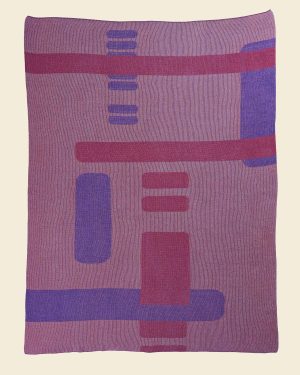 Geometric Wool & Cotton Blanket€188 incl. tax
Geometric Wool & Cotton Blanket€188 incl. tax -


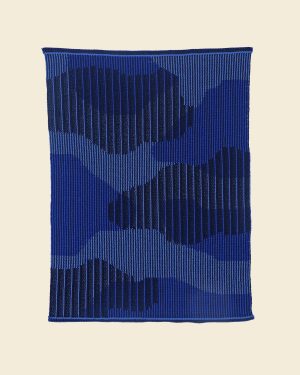 Organic 100% Cotton Table Mat€63 incl. tax
Organic 100% Cotton Table Mat€63 incl. tax -


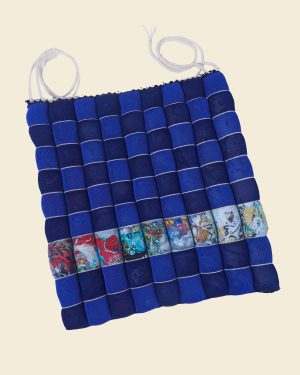 Upcycled Seat Cushion€138 incl. tax
Upcycled Seat Cushion€138 incl. tax -

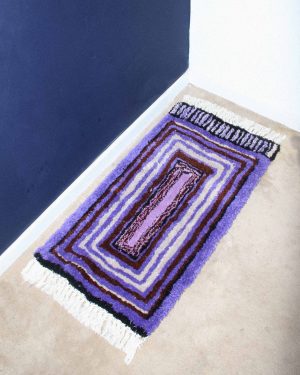 The Lemniscate Collection€188 – €250 incl. tax
The Lemniscate Collection€188 – €250 incl. tax -

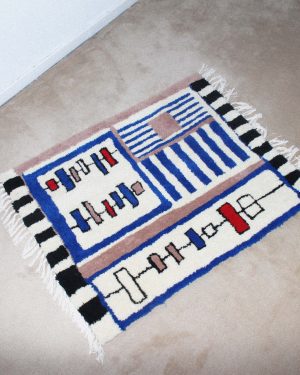 The Merino Collection: Landscapes€313 – €625 incl. tax
The Merino Collection: Landscapes€313 – €625 incl. tax -

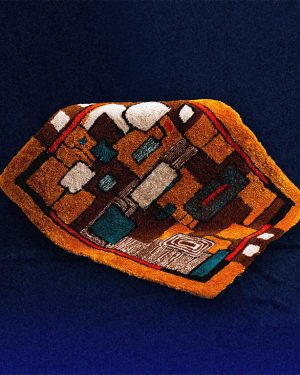 The Cave Collection€363 – €525 incl. tax
The Cave Collection€363 – €525 incl. tax -

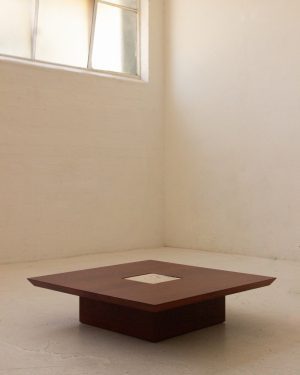 Coffee Table€2.206 incl. tax
Coffee Table€2.206 incl. tax -

 Waiting Chair€2.625 incl. tax
Waiting Chair€2.625 incl. tax -

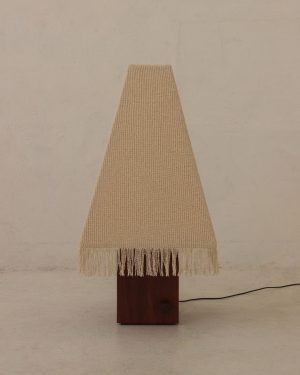 Kukeri Floor Lamp€2.750 incl. tax
Kukeri Floor Lamp€2.750 incl. tax -

 Side Chair€1.644 – €1.938 incl. tax
Side Chair€1.644 – €1.938 incl. tax -

 Maedeup – Seven Wings Candle Sconce€2.125 incl. tax
Maedeup – Seven Wings Candle Sconce€2.125 incl. tax -

 Maedeup – An Aubergine Candle Sconce€1.750 incl. tax
Maedeup – An Aubergine Candle Sconce€1.750 incl. tax -

 Maedeup – Two Bees Sconce Candleholder€2.125 incl. tax
Maedeup – Two Bees Sconce Candleholder€2.125 incl. tax -

 Maedeup – A Cicada Candle Sconce€1.750 incl. tax
Maedeup – A Cicada Candle Sconce€1.750 incl. tax -

 Couple – Decorative Wall Hanging€625 incl. tax
Couple – Decorative Wall Hanging€625 incl. tax -

 Brushed Silk Vase€95 incl. tax
Brushed Silk Vase€95 incl. tax -

 Brushed Silk Vase€95 incl. tax
Brushed Silk Vase€95 incl. tax -

 Bread Basket Cn°2€53 incl. tax
Bread Basket Cn°2€53 incl. tax -

 Upcycled Seat Cushion€125 incl. tax
Upcycled Seat Cushion€125 incl. tax
